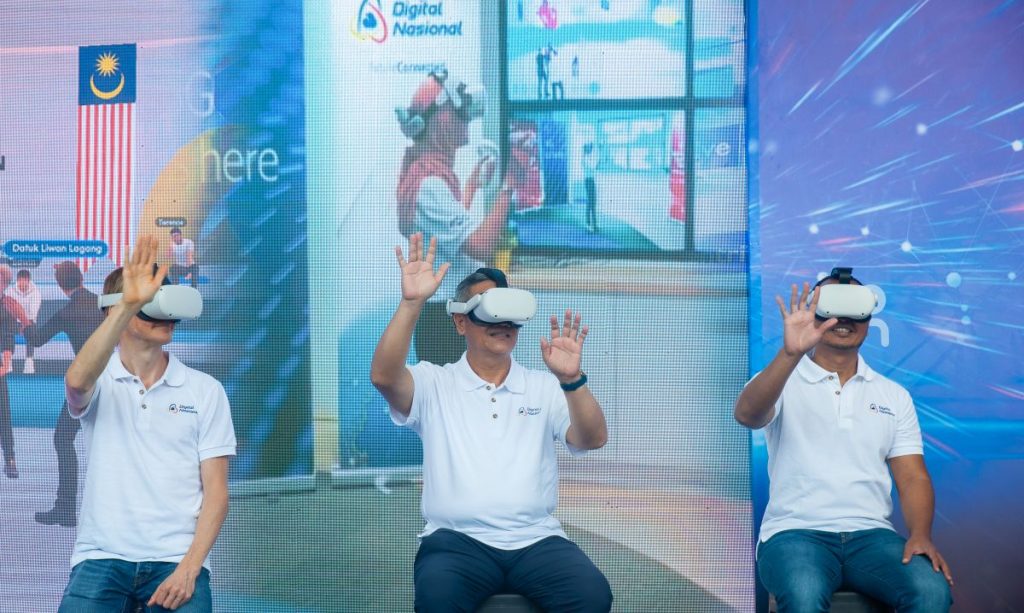Ericsson and Digital Nasional Berhad conducted a 5G technology showcase at Curtin University in Miri, Sarawak last weekend. To demonstrate ultrafast speeds over 5G, Ericsson and DNB have delivered a high bandwidth of up to 7Gbps to the university using 5G standalone (SA) architecture, carrier aggregation and network slicing.

This is made possible by maximising the use of available spectrum for 5G by combining multiple bands with Carrier Aggregation technology using the 700MHz low-band, 3.5GHz mid-band and 28GHz mmWave. A portion of the connectivity pipeline was subdivided using network slicing which allowed DNB to carve out and dedicate a portion of the bandwidth for exclusive use for the 5G showcase.
During the showcase event, they conducted a long-distance lesson delivered by senior lecturer Dr Syafiqah Saidin from UTM-Ericsson IC5G (Universiti Teknologi Malaysia-Ericsson Innovation Centre for 5G) located 1,400km away in Kuala Lumpur to a group of students in Curtin University in Miri using AR/VR headsets. According to Ericsson, Dr Syafiqah was able to remotely deliver a high-quality, real-time and interactive lesson in a custom-built Metaverse environment.
Commenting on the 5G showcase, Acting Chief Operating Officer of Curtin University Malaysia, Associate Professor Ir. Pieter Willem Pottas said, “Today’s demonstration is of great interest to use at Curtin University Malaysia as Curtin University’s largest global campus and hub in ASEAN. One of our key research focus areas is digital innovation, and digital technology is extensively used in our teaching and learning. These technologies will help us significantly extend our education and research footprint in the region.”
Meanwhile, the Director of Universiti Teknologi Malaysia’s Higher Institution Centres of Excellence (HICoE) Wireless Communication Centre, Associate Professor Dr Norhudah binti Seman said, “With the reliable data connectivity and capacity enabled by 5G, educators are able to innovate solutions to deliver engineering education in a more interactive and immersive approach. We are able to bring real-world issues and case studies to the classroom through mixed reality, improving students’ understanding of the subject matter, and pushing their creativity in problem-solving to the next level.”
Related reading
- 5G Malaysia: DNB might consider Huawei, ZTE or Nokia as its second 5G vendor
- DNB: Malaysia’s 5G rollout is one of the world’s fastest, to exceed 40% coverage by end of 2022
- Ericsson claims world’s first to deliver 1Gbps downlink over 11.18km distance in Penang using 5G mmWave
- Ericsson expects 4 million Malaysians to sign up for 5G in 2023
0 comments :
Post a Comment